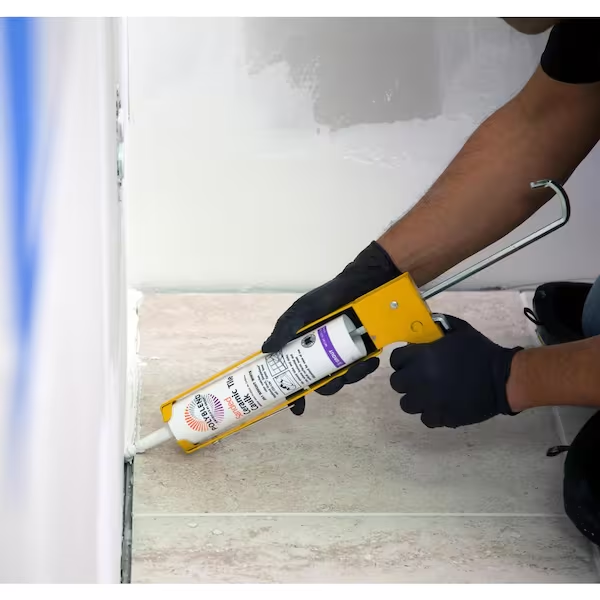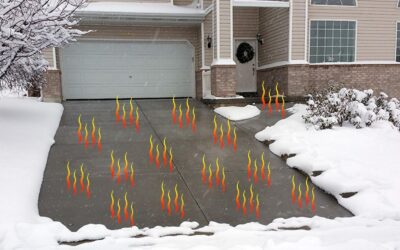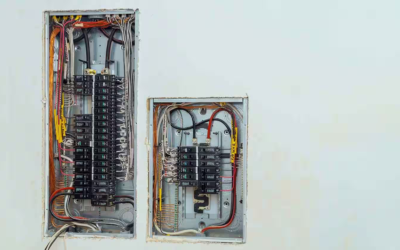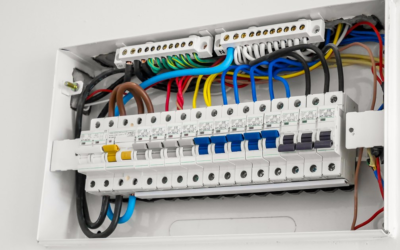Electricity is a powerful force that brings convenience and illumination into our lives, but it also carries inherent risks, from electrical shocks to the threat of fire. According to the National Fire Protection Association (NFPA) Electrical, Public Education, Retrieved Sept. 27, 2023, from https://www.nfpa.org/Public-Education/Fire-causes-and-risks/Top-fire-causes/Electrical, “Electrical distribution or lighting equipment ranked first in direct property damage, and third among the major fire causes in the number of home fires, home fire deaths and home fire injuries.”
This fact emphasizes the importance of keeping our homes safe from electrical dangers. There are electrical safety devices created for distinct purposes to safeguard us from electrical hazards. In this article, we will look at these electrical safety devices and learn how they work to keep our homes safe. So, let’s get started on this journey to understand how these devices keep us secure.
1. The Fuse
Let’s talk about the first electrical safety device: the fuse. A fuse makes sure the electric current flowing through a circuit is safe. It is designed to let just the right amount of current pass through, but if too much current tries to pass through, it stops the flow of electricity. However, it is worth mentioning that fuses are old generation electrical protectors, and they are not commonly used in homes today.
2. The Circuit Breaker
Circuit breakers are electrical safety devices that keep your electrical circuits from becoming overloaded. When there is too much electrical current, circuit breakers turn off the flow of electricity before it can cause a fire. They are similar to fuses, but the biggest difference is that circuit breakers will not be destroyed when doing their job.
While it costs more to install circuit breakers initially, they are less expensive in the long run because they do not have to be replaced as often. They are also often perceived as safer since they cannot be easily disabled, such as inserting a fuse of the wrong size.
Figure 1: left: Fuse Box, right: Circuit Breaker
3. An AFCI
AFCI stands for Arc Fault Circuit Interrupters. An arc fault happens when two wires (without insulation) are not in direct contact but close enough for a spark to occur between them. This can be caused by factors such as dust, poor installation, or natural wear and tear of electrical components. These devices (outlets or breakers) stop electrical fires by finding and stopping dangerous arc faults in your electrical circuits. If an AFCI senses a problem with the current flow, it cuts off the power. This quick action helps prevent electrical fires from happening.
4. A. GFCI
GFCI stands for Ground-Fault Circuit Interrupter. These important electrical safety devices prevent electrical shocks by spotting and stopping ground faults in electrical systems.
What is a ground fault? It is when a conductive connection between a hot wire and any conducting material occurs. Electricity naturally seeks a path to the ground. In the case of a ground fault, electricity has indeed found a path to the ground, but it is a path that electricity should not follow, such as passing through a person’s body.
Ground faults are more likely to occur near water, such as bathrooms, kitchens, or laundry rooms. As a result, GFCIs are commonly installed in areas where electrical circuits may come into contact with water by accident.
GFCIs work by comparing the amount of current flowing into and out of an electrical circuit. If there is a difference in current, it means that some of the electricity is flowing through an unintended path. The GFCI will then quickly shut off the circuit to prevent an electric shock. In such cases, the initial step is to unplug the device responsible for the issue. After, you can reset the GFCI outlet or breaker to restore power.
5. A. Surge Protector
A power surge occurs when the electrical voltage suddenly goes up. This can be caused by things like lightning strikes, power outages, or faulty electrical equipment. Some signs of a power surge in a home include tripped circuit breakers, broken electronics, or the sudden resetting of devices. If this occurs, it is best to call a professional electrician to check on things.
A power surge can damage your electronic devices, such as computers and appliances, and cause fires. To prevent this, it is recommended to take some precautions. Surge protectors are an effective solution to keep devices, appliances, and homes safe from a power surge. You can either install a whole house surge protector in your electrical panel or purchase power strips that include surge protection. (see Figure 2) Just plug your electronic devices, such as your computer, into the surge-protected power strip. Some manufacturers have surge protection built into their products. For example, TVs and computers may come with this feature.
Figure 2: 6 Outlet Power Strip Surge Protector
6. The Tamper Proof Outlet
A tamper-proof receptacle or tamper-proof outlet works by preventing electricity from flowing through an electrical wall outlet unless all the slots are being used at the same time (see Figure 3).
The electrical safety devices prevent a child from sticking something into the outlet so they will not accidentally shock themself. If you have kids, consider upgrading your home’s outlets to tamper proof outlets. It is definitely worth it.
Figure 3
7. An Outlet Cover.
A budget-friendly option in place of tamper-proof outlets are self-closing outlet covers. These electrical safety devices are a simple solution to keep kids safe from electrical dangers. Installing them is a breeze, you simply push them into each outlet. These covers are designed to be difficult to remove, making them child resistant. It means your child will have a hard time removing them, keeping them from inserting anything into the outlet.
Figure 4: Tiny Patrol Clear Outlet Covers
8. Smoke and Carbon Monoxide (CO) Detectors
Although they are not technically an electrical safety device, smoke and carbon monoxide detectors play a crucial role in ensuring your home is safe. Their primary function is to warn occupants about potential fire and carbon monoxide dangers. This makes them invaluable when it comes to protecting your home and the people in it.
Figure 5: Kidde Smoke and Carbon Monoxide Detector
Conclusion
Are you considering making your home a safer place? If you have come this far, you have learned ways to achieve electrical safety. Installing electrical safety devices requires an initial investment, but what could be more valuable than the health and safety of you and your family? So, don’t hesitate to seek advice from an electrician and take steps to enhance your home’s safety.
At Matrix Company Solutions Corp., we make safety a top priority in all our renovation projects. Our experienced electrical engineers conduct thorough assessments of each property to determine the necessary safety measures. We will not hand over the keys to our clients until we are certain their home is completely secure. Therefore, if you are looking for renovation services in the Philadelphia area, contact us for a FREE Consultation and Estimate.










0 Comments